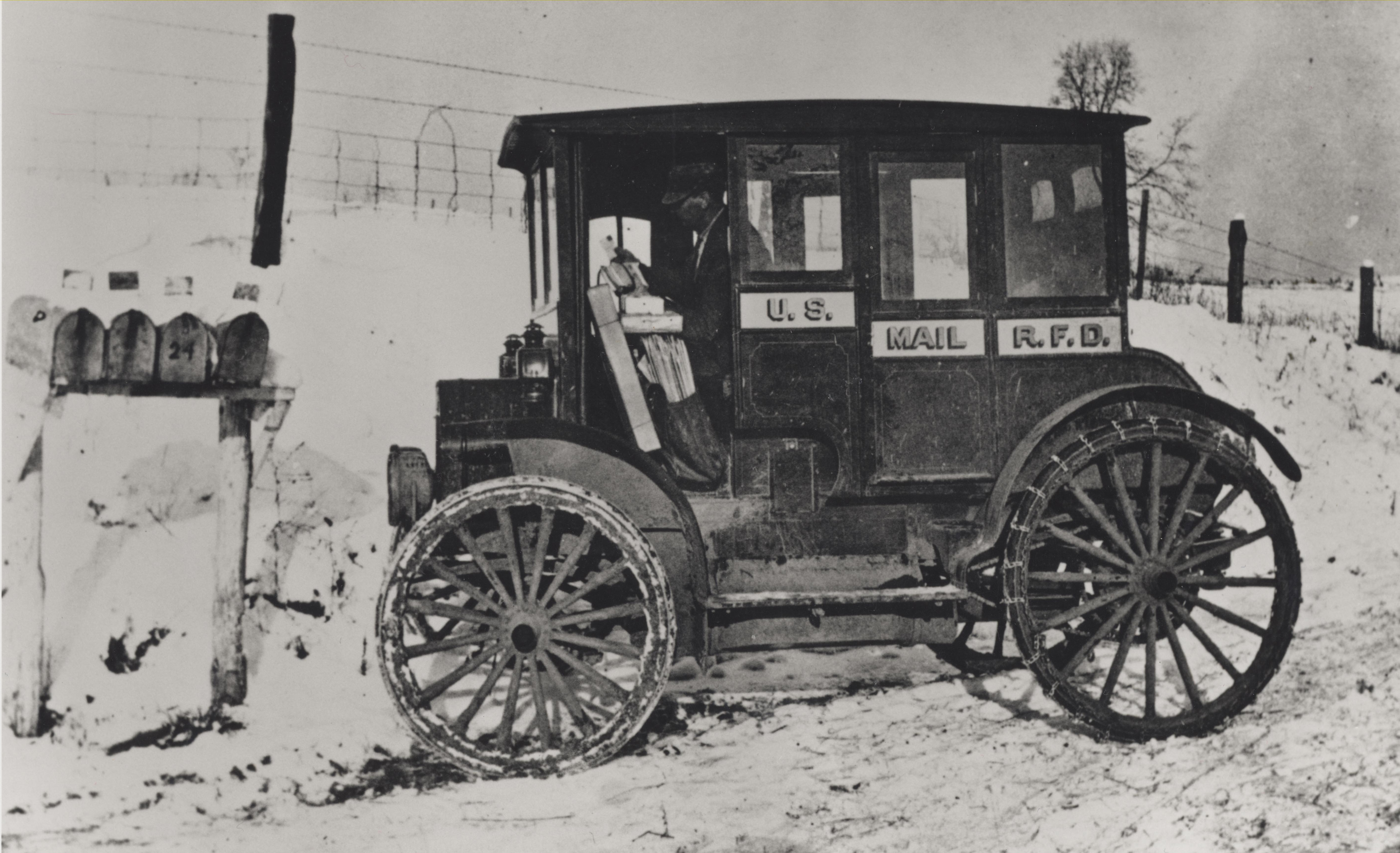From couriers delivering messages on foot to automated drone delivery, the focus on accelerating delivery times has necessitated the Post’s constant evolution and innovation.
Since its very beginnings, globalization has increased peoples’ demand to exchange communication faster between distant locations and created the need for carriers that could overcome different limitations to facilitate this access.In ancient times, good communication and the rapid exchange of information were essential elements for governing extensive territories.
Proof of the first known postal system was documented in Egypt around 2000 BCE. Although at first exclusive to pharaohs who would update each other on political developments, by 305 BCE the service included “regular mail” available to the broader public.
Horseback riders stationed along the Royal Road serving the Achaemenid Empire (approx. 550-330 BCE) belonged to the postal service system known as Chapar Khaneh. These express couriers could deliver written communication across the empire, spanning over 5.5 million square kilometers, in mere days.
Many ancient dynasties, such as the Han Dynasty (202 BCE - 220 CE), Roman Empire (27 BCE – 476 CE), Byzantine Empire (330–1453 CE), and the Mughal dynasty (1526–1858 CE), understood the importance of having an extended network of reliable couriers. They not only relied on this infrastructure to transmit government communication but used it to carry out messages between traders along extensive trade routes such as the Silk Road.
Across the ocean, the famous chasquis delivered messages across the Inca Empire (1250–1550 CE), covering over 200 km a day thanks to their well-organized network of messengers living in groups in tambos (cabins) alongside the Inca Road. These trustworthy couriers – a selection of the strongest and fittest men – were not only responsible for moving communication and goods between cities, but also served as police officers patrolling the territory and overseeing tax collection.
From connecting cities to connecting continents
Digitalization has changed the role of the postal sector in recent decades, but innovation has always been at the core of the delivery business.
The need to extend mail services over distant territories in some cases demanded that Posts overcome the most challenging of terrains. Whether over mountains, oceans, deserts, or snowbelts, the commitment of the industry to reach and deliver was always stronger than the challenges it faced.
With the industrial revolution came the invention of the steam engine and the introduction of railways, which soon replaced horses and carriages. The British Post Office started moving mail by rail already in 1830, and in 1864, the first Railway Post Office was operating in the United States.
Innovations accelerating speed and reliability extended not only to transportation, but to mail processing as well. In 1891, the Post Office of the United States contracted Matthew J Dolphin, to suppy its offices in larger cities with his newly patented Dolphin Stamping Machines, which could stamp 30,000 letters in just one hour – a vast improvement compared to 3,000 that could be processed manually in the same amount of time.
Following the invention of the motor vehicle in the late 19th century, cars rapidly replaced animal-drawn carriages. In 1899, the Austrian Postal Office experimentally introduced Post Cars to deliver postal items within two hours of their posting.
The development of aviation strengthened the belief that airplanes could be used to cover longer distances. On 18 February 1911, then 23-year-old French pilot Henri Pequet piloted the first official airmail flight. The flight – only 13 minutes long – delivered 6,500 letters 10 km from Allahbad to Naini (India). The items were marked “First Aerial Post, U.P. Exhibition Allahabad 1911.” Ten years later, France had already begun operating its night airmail network. By 1929, the UPU had annexed provisions for air mail services to its Convention.
Driven by inclusion
The Post is a linchpin for connecting people to essential services. It nurtures social and cultural connections between people and nations, promotes solidarity and inclusion, and provides an invaluable infrastructure for developing economies.
Driven by lessons from the past and focused on building a sustainable future, posts worldwide are transitioning towards new, renewable delivery technologies. Electric vehicles have helped posts improve energy efficiency in transportation and reduced the carbon footprint of their fleets. This includes exploring next generation technologies such as blockchain, drone delivery, autonomous machines, and digital payment systems.
While the Post has shapeshifted and adapted to industrial development throughout the centuries, its primary purpose – serving the community – has always stayed the same.
This article first appeared in Union Postale No.2 2022.
